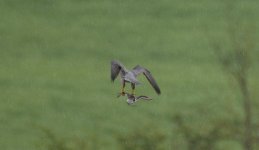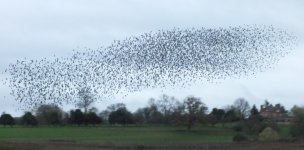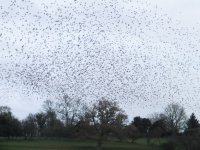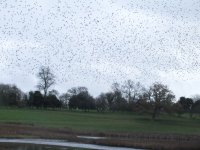wheatearlp
Well-known member

Following today's event, here is a list of prey items taken by raptors at Upton Warren:
SPARROWHAWK
Teal, Mallard (juvenile), Lapwing, Snipe, Temminck's Stint, Red-necked Phalarope, Blackbird, Starling, Swift, various finches including Greenfinch and Linnet, Reed Bunting, Great Tit, Blue Tit
GOSHAWK
Unsuccessful attempt to take a Wood Pigeon
PEREGRINE
Teal, Magpie, Jackdaw, Wood Pigeon, Feral Pigeon, Stock Dove, Moorhen, Lapwing, Oystercatcher, Dunlin, Black-headed Gull, Fieldfare, Linnet (plus failed attempts to take Curlew Sandpiper and Avocet)
BUZZARD
Moorhen, Lapwing, Snipe, Magpie, Feral Pigeon, chicken (from Lifestyles)
HOBBY
Swallow, House Martin, Swift, Starling, Yellowhammer
Anyone recall other instances?
Peregrine took a Carrion Crow in the field to the south of the Moors Pool a good few years back.








